Le padel is a racquet sport that can best be described as a mix between tennis and squash. Indeed, it mainly uses the rules and the scoring system of tennis with a possible use of the side and back walls as in squash.
Le padel is a doubles game played on a synthetic court surrounded by glass walls and wire mesh. The land is rectangular in shape and measures 10 meters wide by 20 meters long. It is separated in the middle by a tennis net (0,88 meters in the center and 0,92 meters at the posts). The rear walls are 10 meters wide and 3 meters high. There are also two side walls which are 4 meters wide and 3 meters high. The rest of the land is fenced with a metal fence 3 meters high.
The players of padel use a special racket, very different in size and composition from tennis and squash. The racquet is perforated for lightness and measures 26 centimeters by 29 centimeters and 45 centimeters long. The ball, extremely similar to that of tennis, however, has a lower pressure than that of tennis in order to slow down the game somewhat. This allows better control of the ball and therefore allows novice players of all ages to adapt to the game more. easily.
This sport is only practiced in two against two. The service is carried out with a spoon (without hitting the ball higher than the belt), must be crossed, and starting from right to left. A serve that touches the fence after a rebound is “foul” (which is not the case with a ball in exchange). In service, the ball which grazes the strip of the net and falls back into the target serving area, which touches the fence after two rebounds on the ground or which taps the angle of the wall at the edge of the fence is let.
In the exchange, after a bounce on the ground, the ball can touch any other surface several times (except the ground). Thus, the door handle, the fences, the walls ... everything is part of the terrain and reserves unexpected trajectories. The second rebound on the ground marks the loss of the point for the raisers. As a ball which, after a first rebound on the ground, leaves the enclosure. A ball that, after bouncing against a wall, returns to the batter's court also earns him one point.
On the other hand, after having crossed the net, any ball which first touches a surface other than the ground is “fault” for the sender.
Points are counted as in tennis (15, 30, 40, game, set, match). A game takes place in 2 winning sets.

Matthieu Lebourgeois is a sports physiotherapist and physical trainer. He takes care of players of padel lover of re-athletic rehabilitation and practices padel regularly at leisure on padel. Matthieu fully intends to test himself in competition and show his talent!




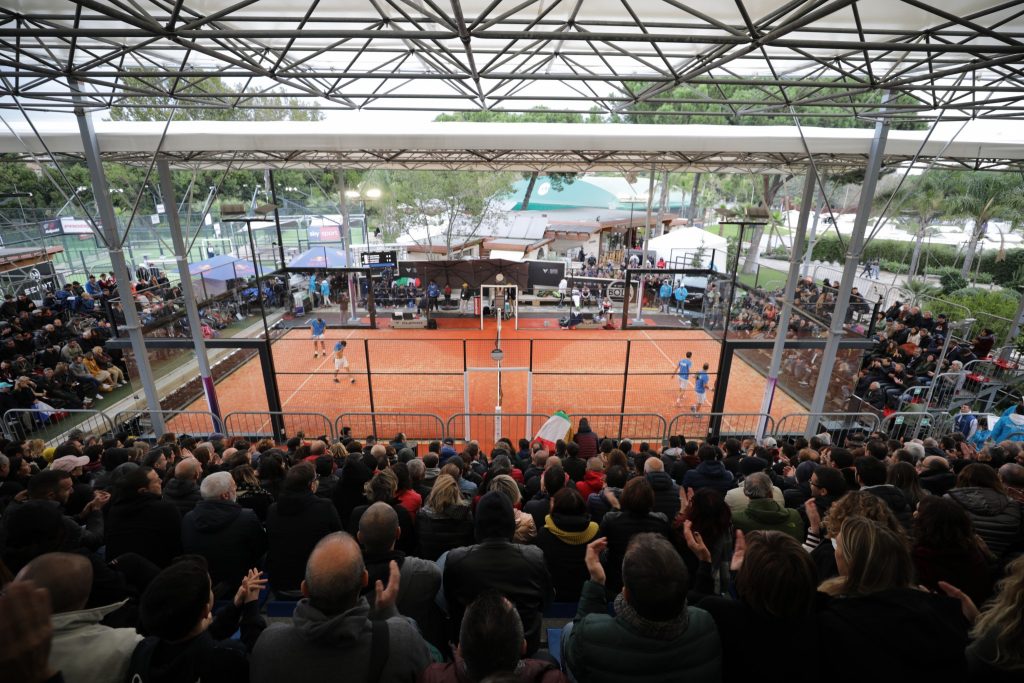











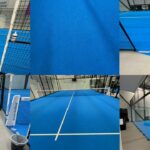




















































































 Padel Score comes to Tahiti for American Express Padel Cup!
Padel Score comes to Tahiti for American Express Padel Cup! Do you know the Rafa Nadal Academy Tour?
Do you know the Rafa Nadal Academy Tour? At the heart of padel – Episode 25: Paul and Andoni answer your questions
At the heart of padel – Episode 25: Paul and Andoni answer your questions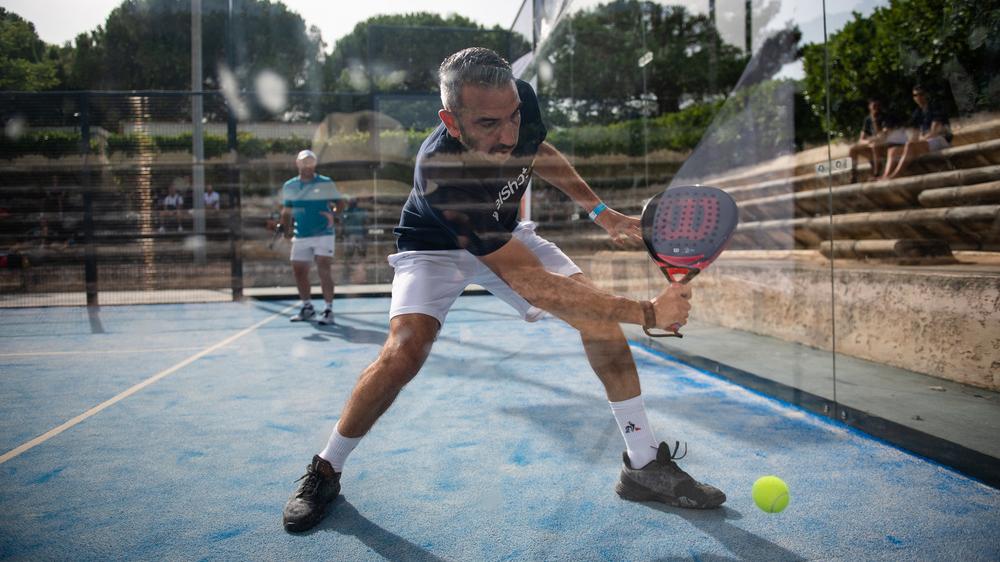 Simon Boissé: “We know that there are two nations in front of us”
Simon Boissé: “We know that there are two nations in front of us” Marie Maligo: “This period of frequent changes of partners was beneficial for me”
Marie Maligo: “This period of frequent changes of partners was beneficial for me”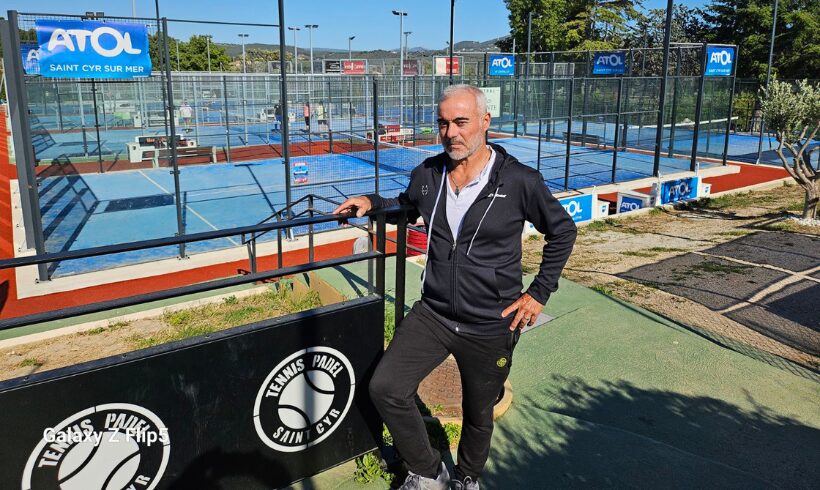 Alain Idier: “Adding tracks of padel, without sacrificing tennis”
Alain Idier: “Adding tracks of padel, without sacrificing tennis”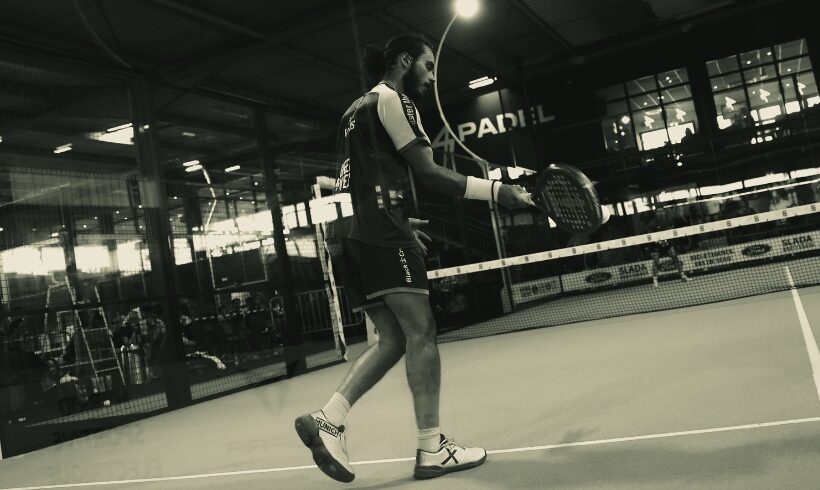 Manuel Vives: “It’s extremely difficult to get by financially”
Manuel Vives: “It’s extremely difficult to get by financially” Mind Padel Lyon and the Auvergne Rhône-Alpes League innovate with team tournaments
Mind Padel Lyon and the Auvergne Rhône-Alpes League innovate with team tournaments Simon Boissé: “We know that there are two nations in front of us”
Simon Boissé: “We know that there are two nations in front of us” Team PAX (Domingo / Xari) returns to victory
Team PAX (Domingo / Xari) returns to victory Alex Ruiz: “Finding joy again with Momo”
Alex Ruiz: “Finding joy again with Momo”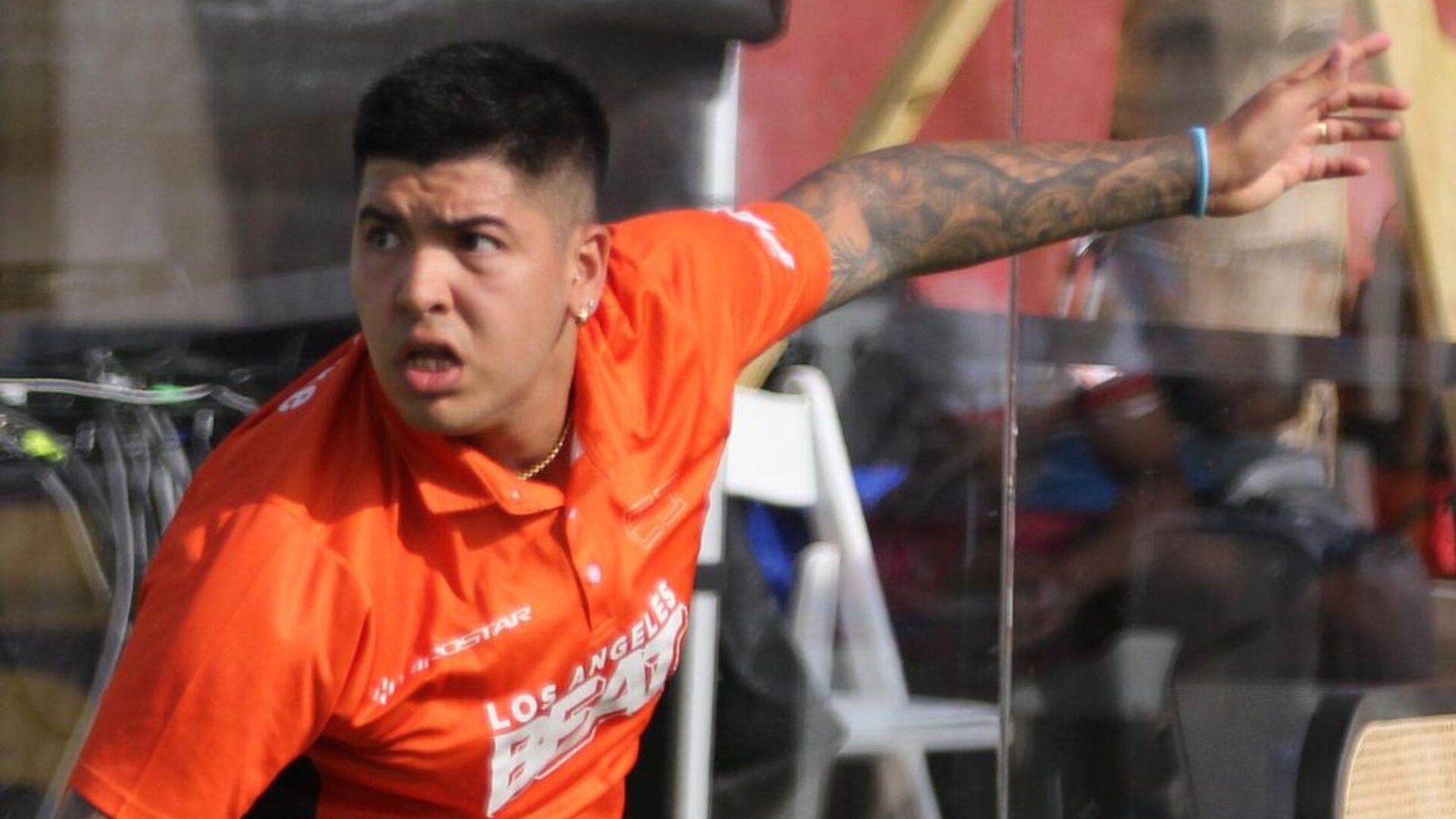 Nerone: “Tolito is not a normal player”
Nerone: “Tolito is not a normal player” P2 Brussels – Like a new school year!
P2 Brussels – Like a new school year! Play at padel on his yacht? Possible for €233.000!
Play at padel on his yacht? Possible for €233.000!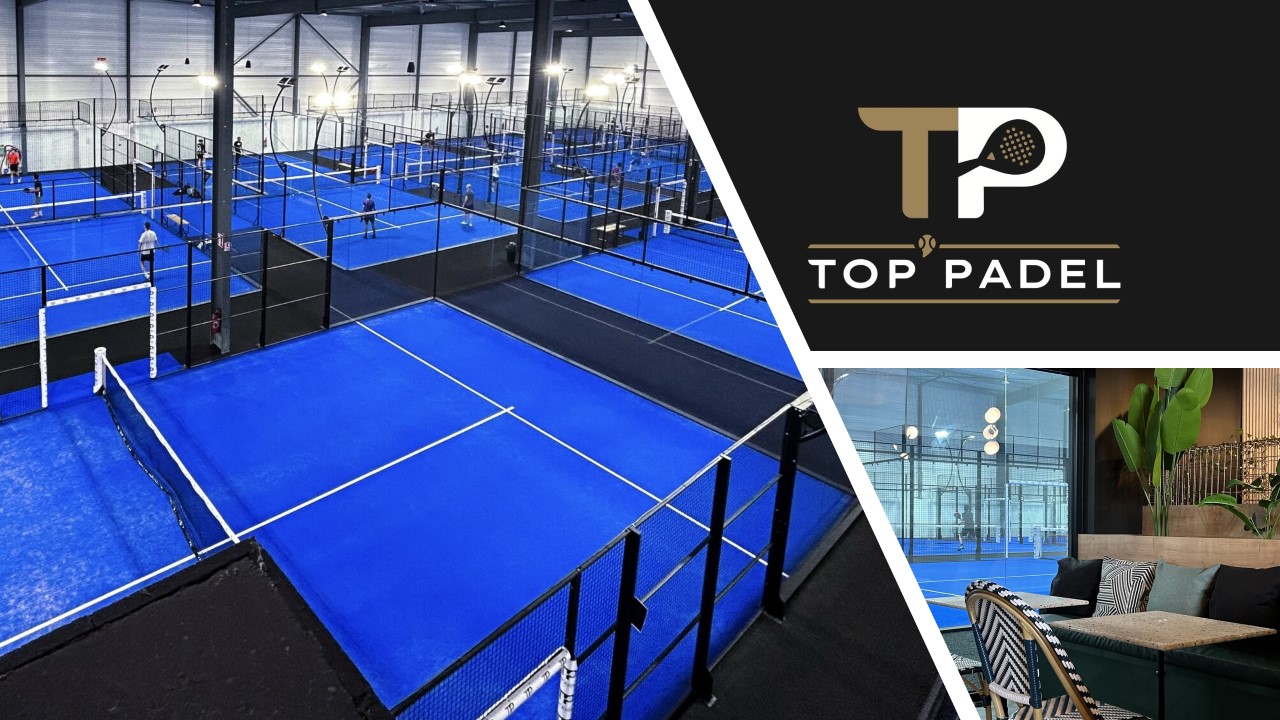 TOP Padel : “A premium club with 10 slopes in Toulouse”
TOP Padel : “A premium club with 10 slopes in Toulouse” At the heart of padel – Episode 25: Paul and Andoni answer your questions
At the heart of padel – Episode 25: Paul and Andoni answer your questions Tactical padel – What to do when faced with players who systematically stay at the bottom?
Tactical padel – What to do when faced with players who systematically stay at the bottom? The basic tactics of padel
The basic tactics of padel A par 4 is always a winner...even if you manage to defend it!
A par 4 is always a winner...even if you manage to defend it! At the heart of padel – Episode 23: defend the window well
At the heart of padel – Episode 23: defend the window well Prohibition on playing topless Padel : the reasons
Prohibition on playing topless Padel : the reasons FIP Tour – Going far from Europe, THE strategy to earn points!
FIP Tour – Going far from Europe, THE strategy to earn points! What is a good football player? padel ?
What is a good football player? padel ? “Lefties give me headaches when I play against them!”
“Lefties give me headaches when I play against them!” At the heart of padel – Episode 14: how to earn points in winter?
At the heart of padel – Episode 14: how to earn points in winter? Carbon fiber VS fiberglass: what to choose?
Carbon fiber VS fiberglass: what to choose? How to effectively test a racket padel ?
How to effectively test a racket padel ? La padel to fight Parkinson's disease
La padel to fight Parkinson's disease Don't play with a cracked or broken racket, your body will thank you!
Don't play with a cracked or broken racket, your body will thank you! Michel Cymes: “The padel, physically, it’s serious!”
Michel Cymes: “The padel, physically, it’s serious!” Jeremy Gala: “Promote the padel among young people in Belgium remains a challenge”
Jeremy Gala: “Promote the padel among young people in Belgium remains a challenge” The French Touch Academy organizes its selection day Padel-Study
The French Touch Academy organizes its selection day Padel-Study Report on the detection and training of younger generations
Report on the detection and training of younger generations Player's adult courses from April 8 to 21, 2024!
Player's adult courses from April 8 to 21, 2024!